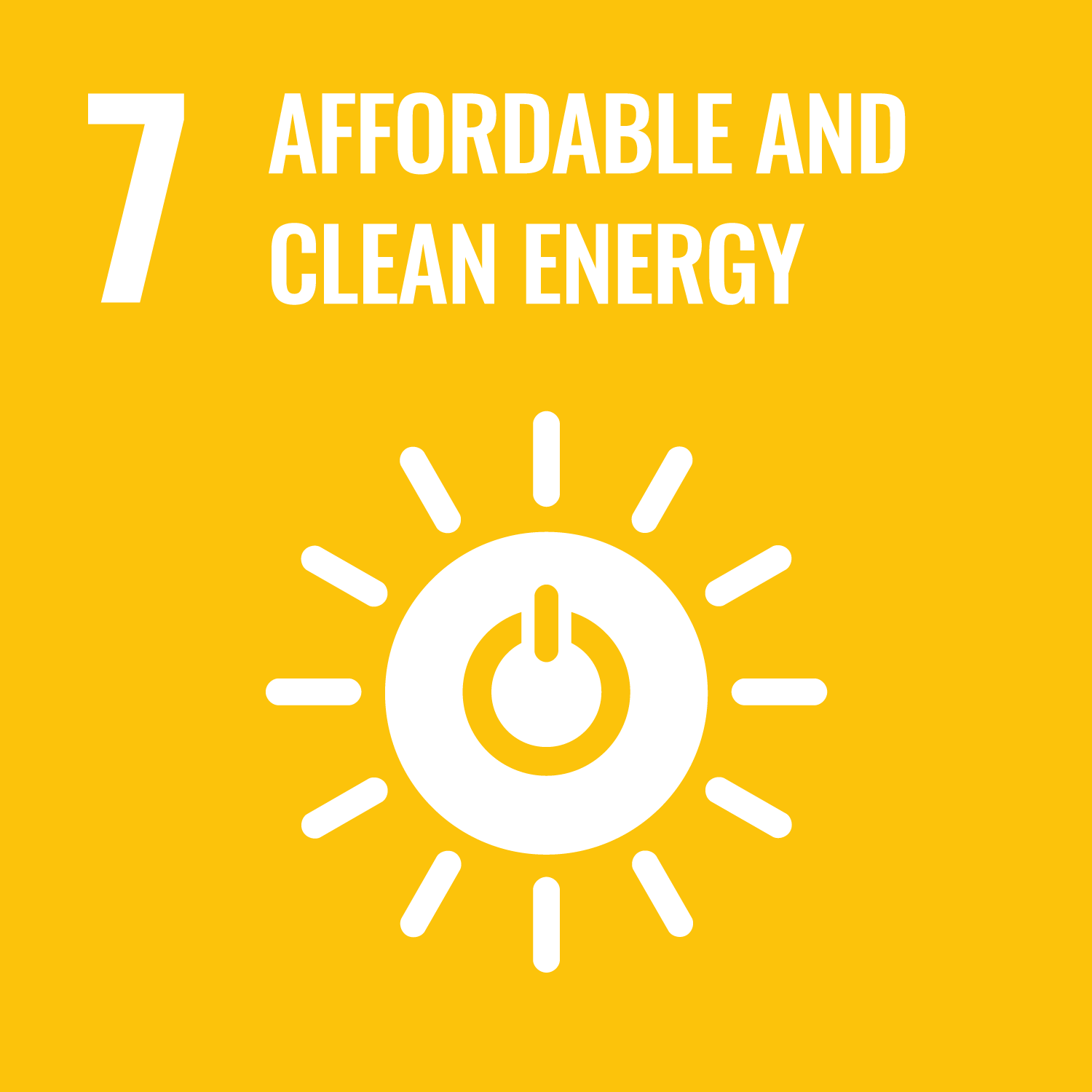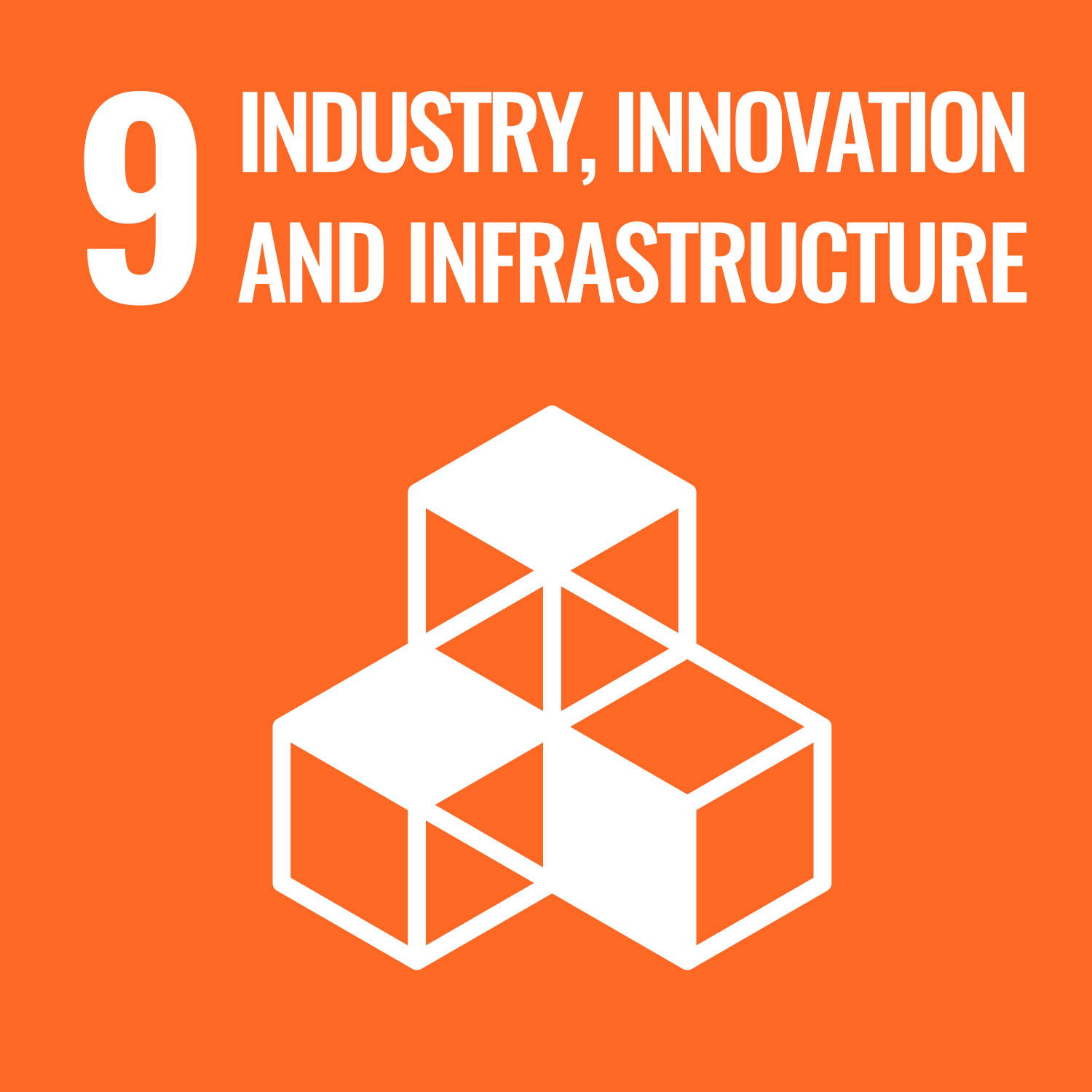LCS-FY2022-PP-05
Impact of Progress of Information Society on Energy Consumption (Vol. 5):
Feasibility Study of Technologies for Decreasing Energy Consumption of Network
Summary
In the previous report, it was estimated that network-related power consumption will reach 2,400 TWh in 2030 and 400 PWh in 2050 worldwide, assuming that the amount of traffic is expected to increase with the progress of the information society and that no energy conservation measures are taken regarding current technologies.
In this report, we investigated and studied technologies that are effective in reducing network power consumption. Since routers and wireless base stations consume particularly large amounts of power in network facilities, we focused on the devices that make up routers and wireless base stations, and examined the effects of systems/software in addition to these devices. The results are summarized as the Modest case, which has a high likelihood of achieving the desired improvements, and the Optimistic case, which assumes the upper limit of this likelihood. Because standby power consumption accounts for 80% of the total power consumption of both routers and base stations at present, system architecture and software measures are also needed to a large extent in addition to hardware improvements.
When estimating power consumption in 2030, we studied the effects of miniaturization and mounting technologies, focusing on line cards and photoelectric converters in routers, and the effects of antennas, power amplifiers, and their control systems in wireless base stations. Reducing the power consumption of power amplifiers seemed difficult by itself. Their power consumption could be reduced from the total of the hardware by 1/2.5 in the Modest case to 1/5 in the Optimistic case through the contribution of system architecture. As a result, network power consumption in 2030 was estimated to be 20 TWh in Japan and 640 TWh worldwide in the Modest case, and 8 TWh in Japan and 170 TWh worldwide in the Optimistic case. Within this, the power consumption of wireless base stations was large, estimated to be 16 TWh in Japan and 460 TWh worldwide in the Modest case, and 4 TWh in Japan and 100 TWh worldwide in the Optimistic case.
Since 2050 is in the distant future, the reliability of the predictions is not high. In the Modest case, the rate of improvement was assumed to be equivalent to the rate up to 2030, while in the Optimistic case, the contribution of optoelectronic convergence technology was assumed to be significant. In addition, since it was predicted to be difficult to reduce the power consumption of power amplifiers, the effects of system improvements were incorporated to a large extent. As a result, the estimated power consumption of the network in 2050 is 600 TWh in Japan and 14,000 TWh worldwide in the Modest case, and 100 TWh in Japan and 3,000 TWh worldwide in the Optimistic case. Within these, wireless base station power consumption was estimated to be 340 TWh in Japan and 11,000 TWh worldwide in the Modest case, and 70 TWh in Japan and 2,500 TWh worldwide in the Optimistic case. These results show that network power consumption will not reach unacceptable levels before 2030 due to improvements in current technologies.
Because there is social demand for communication networks to be connected at all times and in all areas as part of social infrastructure, there is a limit to the amount of energy that can be saved by hardware alone, especially in access networks, so it is considered important to promote energy conservation through systems and software.
Since light is the most energy-efficient, high-speed, and high-capacity means of communication, the use of light as a means of communication will continue to expand in the future. On the other hand, since memory and arithmetic functions are performed by electrons, photoelectric conversion is indispensable in various situations, and this energy-saving technology is extremely important.
All Pages
Related Proposal Papers
- Impact of Progress of Information Society on Energy Consumption (Vol. 1): Current Status and Future Prospects for Power Consumption of IT Equipment
- Impact of Progress of Information Society on Energy Consumption (Vol. 2): Current Status and Future Forecast of Data Center Energy Consumption and Technical Issues
- Impact of Progress of Information Society on Energy Consumption (Vol. 3): Current Status and Future Forecast of Network-Related Energy Consumption and Technical Issues
- Impact of Progress of Information Society on Energy Consumption (Vol. 4): Feasibility Study of Technologies for Decreasing Energy Consumption of Data Centers



